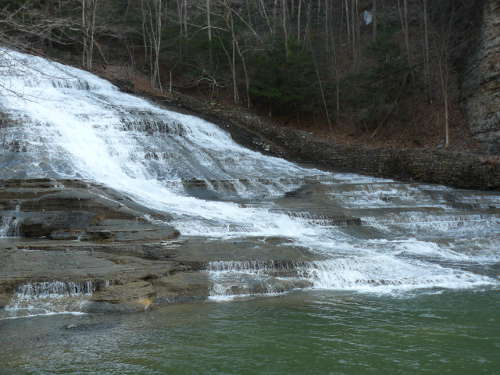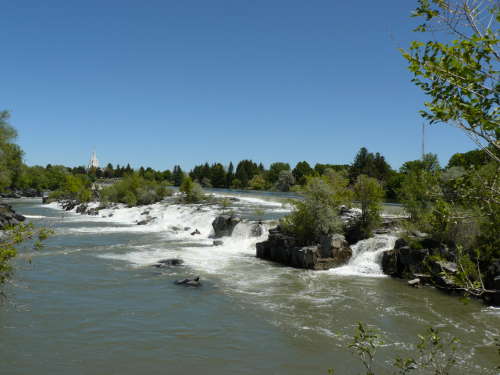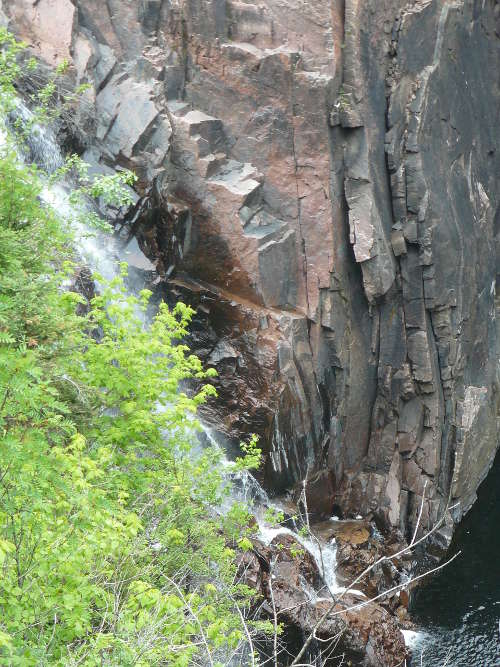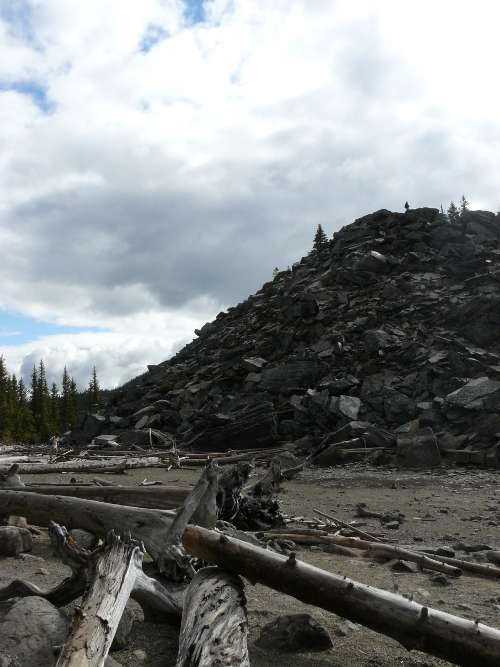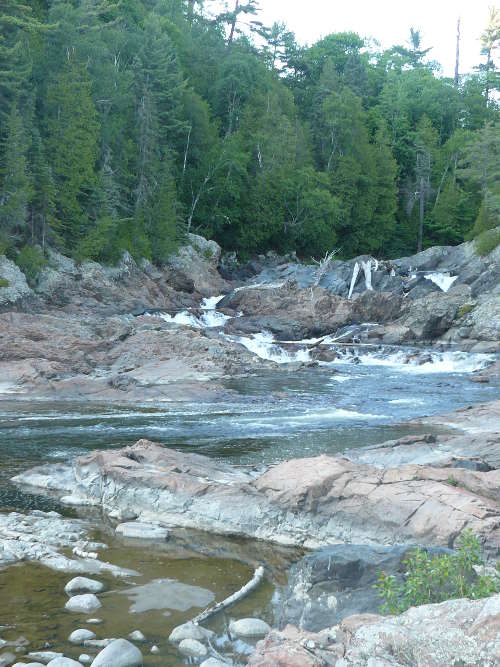 Location Taken: Ontario, Canada
Location Taken: Ontario, Canada
Time Taken: June 2010
I ran across an interesting link recently. Someone playing a Pathfinder game decided to draw his party and kept it up for a while, documenting the way things changed. It starts from simple descriptions of one dimensional characters and grows into, well, far far more. I really recommend giving it a read. It’s a great view into the glory that is roleplaying.
That and I swear I’ve played that Barbarian before. Female, odd race, odd quirks, and a bedrock for the party, both in staying strong in the face of changes and in doing the most of the damage in fights. Sure, I choose other races and quirks, but that basic formula? Totally played that.
I’ve noticed that I have a type of character I like to play in just about any game. Strong fighter types, but still a team player, often picking support and tank abilities as well. I like getting in there and surviving all the hits so I can smash away happily right in the enemy’s face. I’m the front line, but I’m also frequently the healer. I tend towards a bit quirky but stable when it counts. Good at keeping track of what’s going on around them, poor at anything dealing with social situations. I also don’t have any pride tied up in doing the most damage, but frequently end up being solidly consistent at that job.
And really, that’s who I am in reality. Strong personality, takes joy in being different, but stable. I’ll happily help out anyone around me as they need, but refuse to let them take advantage to me. Now if only real life was a lot more about bashing enemies and a lot less about talking to people who look down on you… I’m totally statted wrong for the standard encounters in this real life game…

